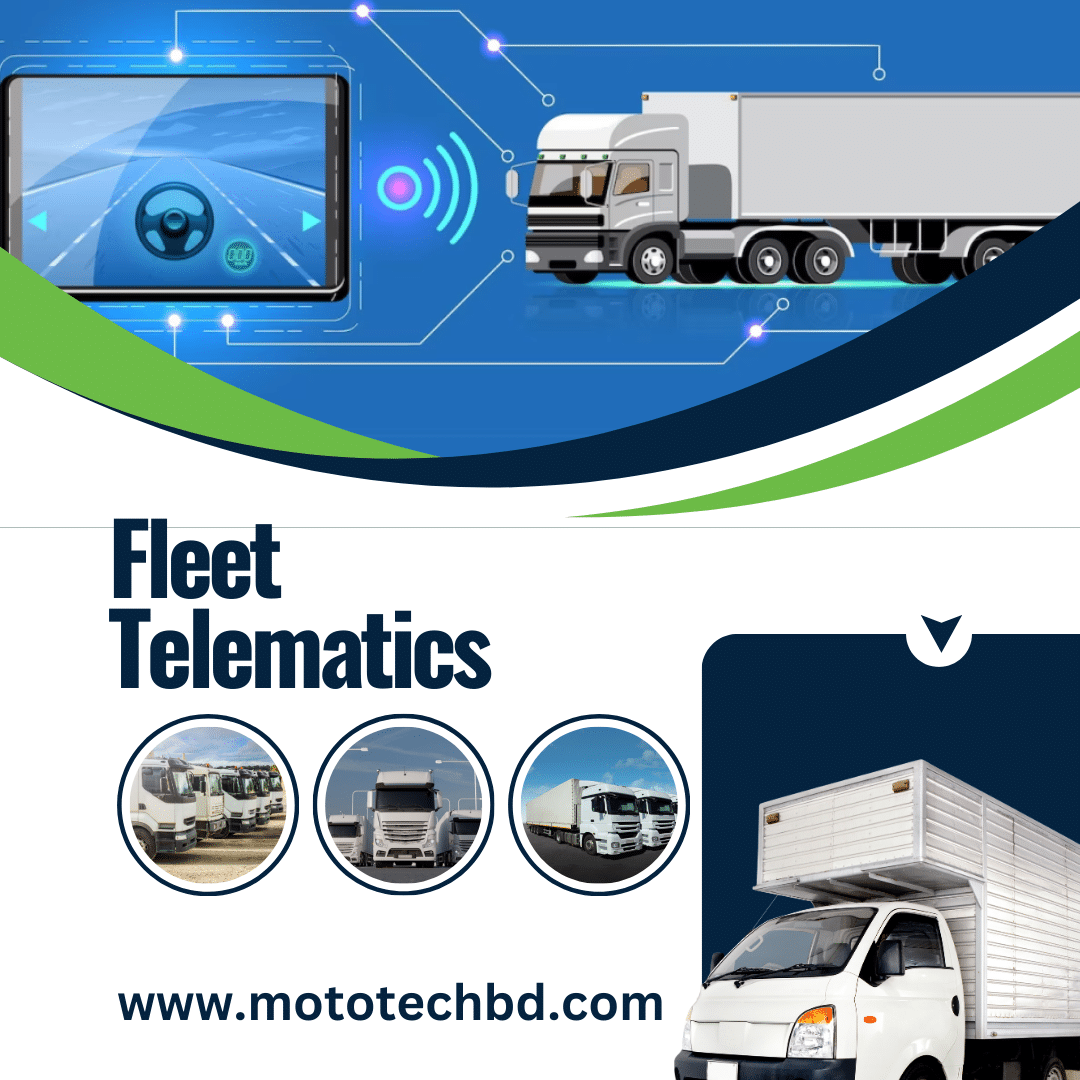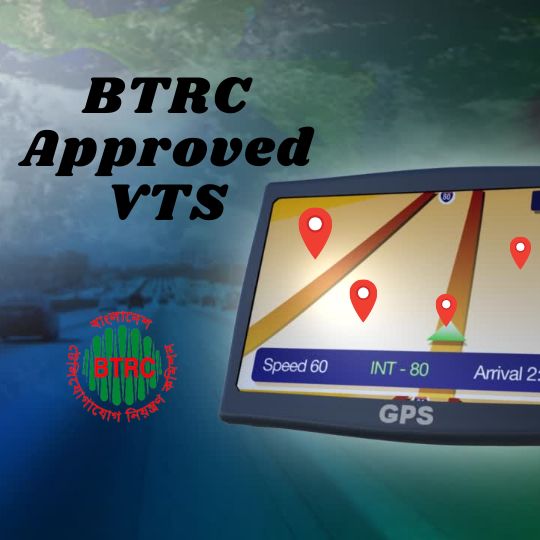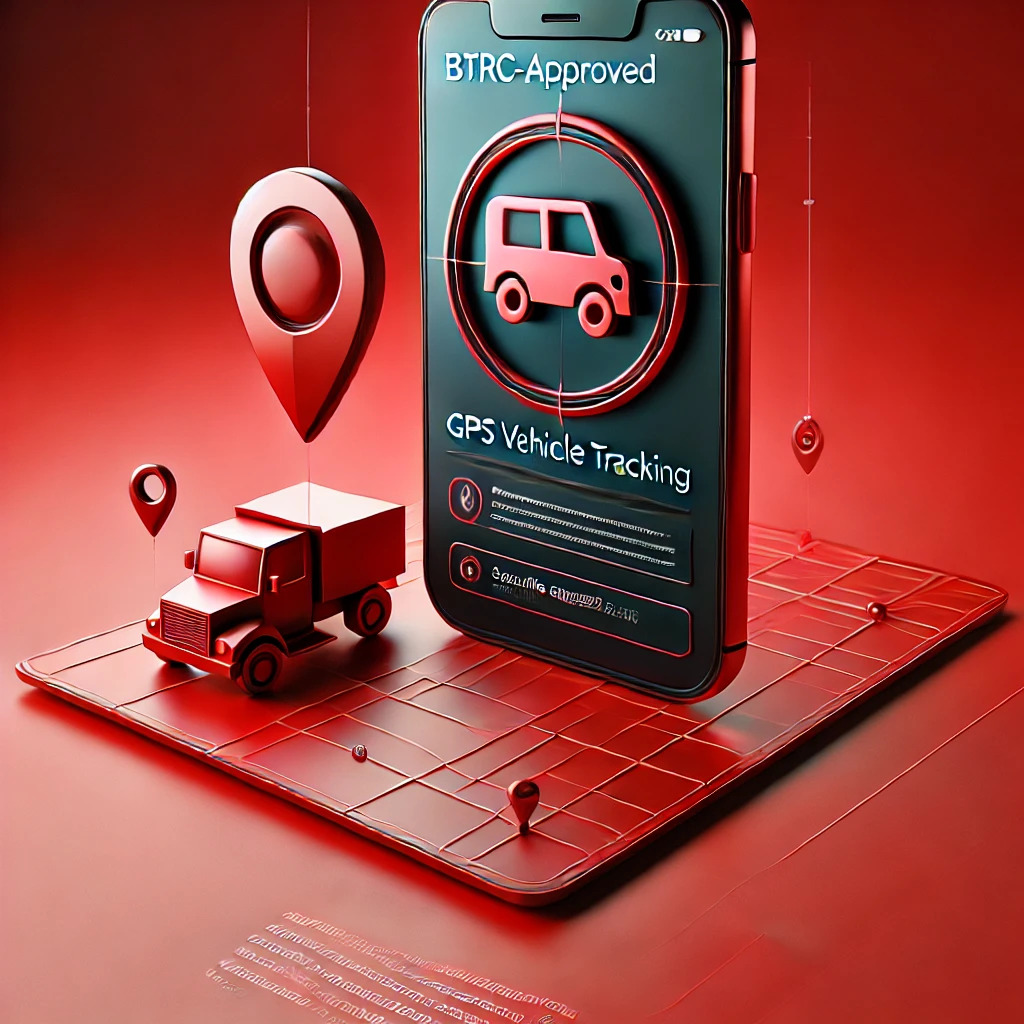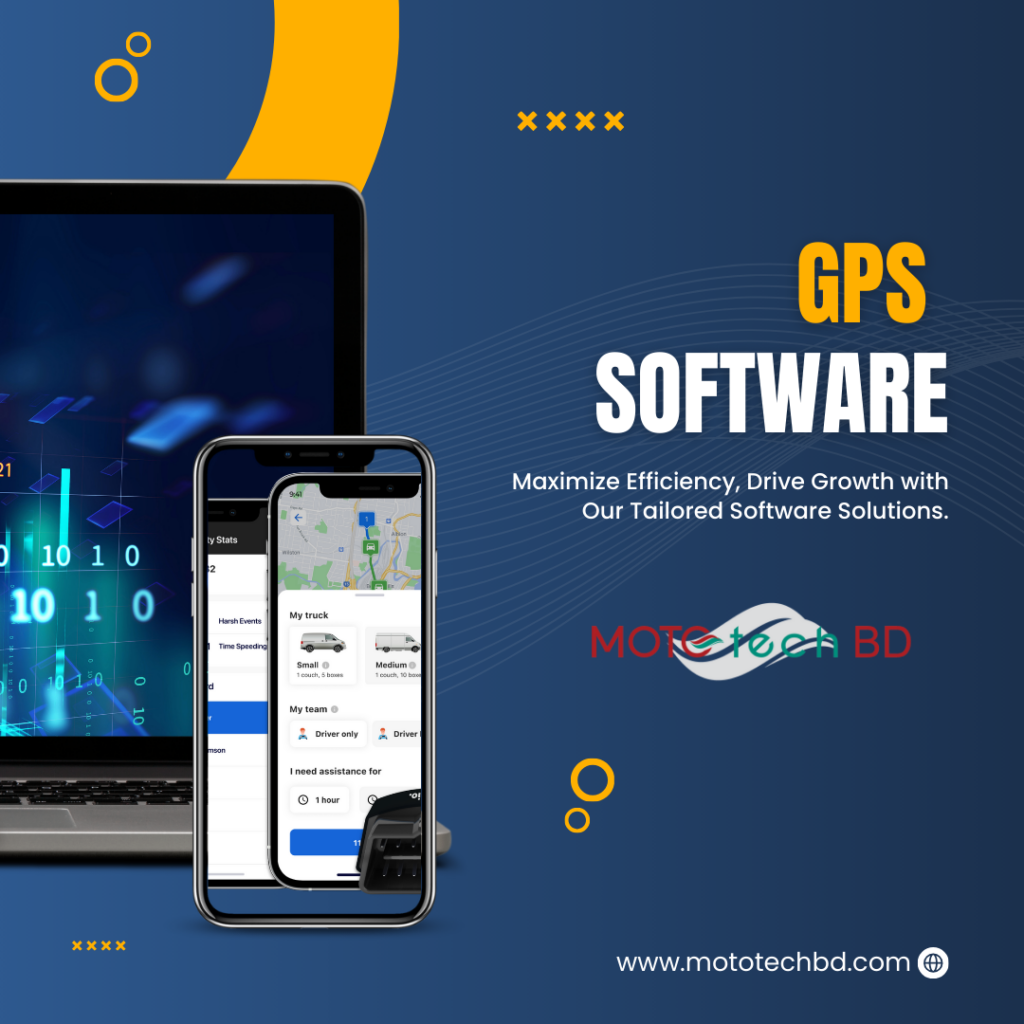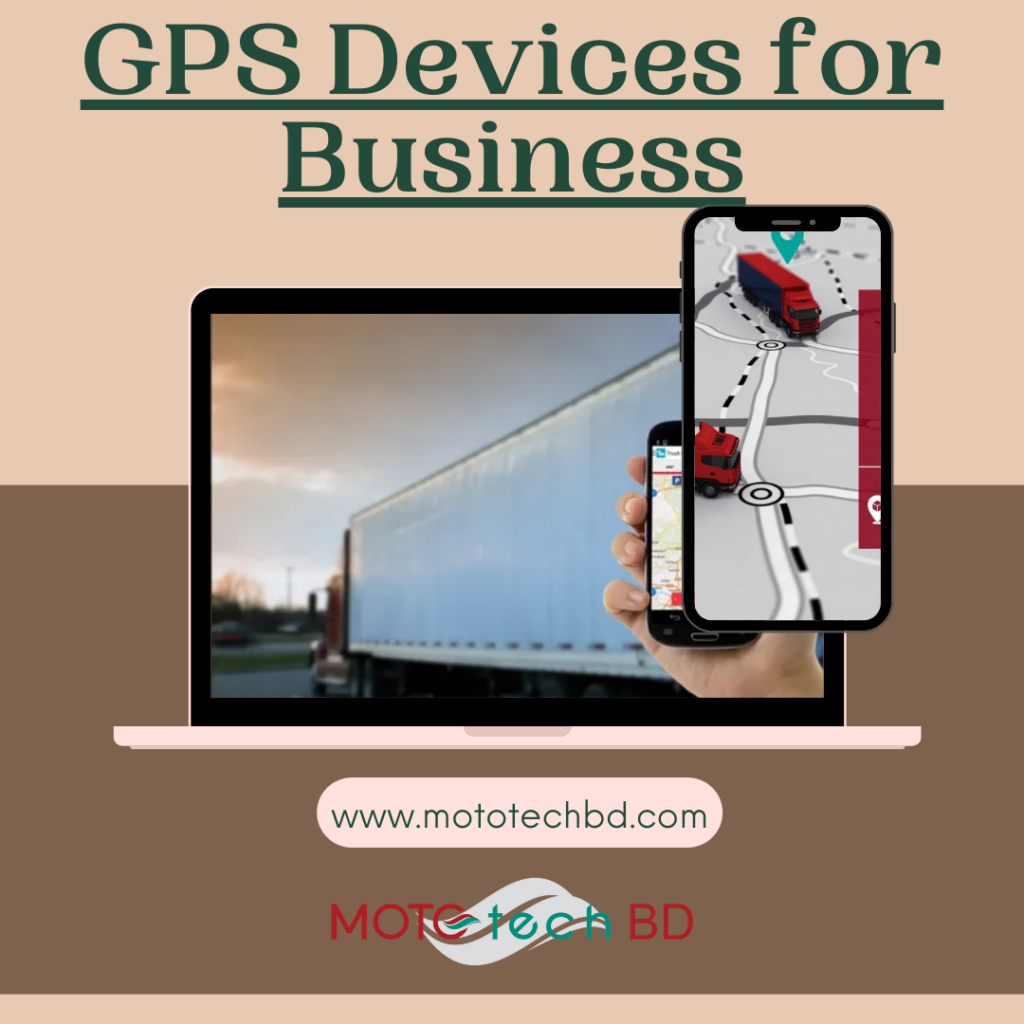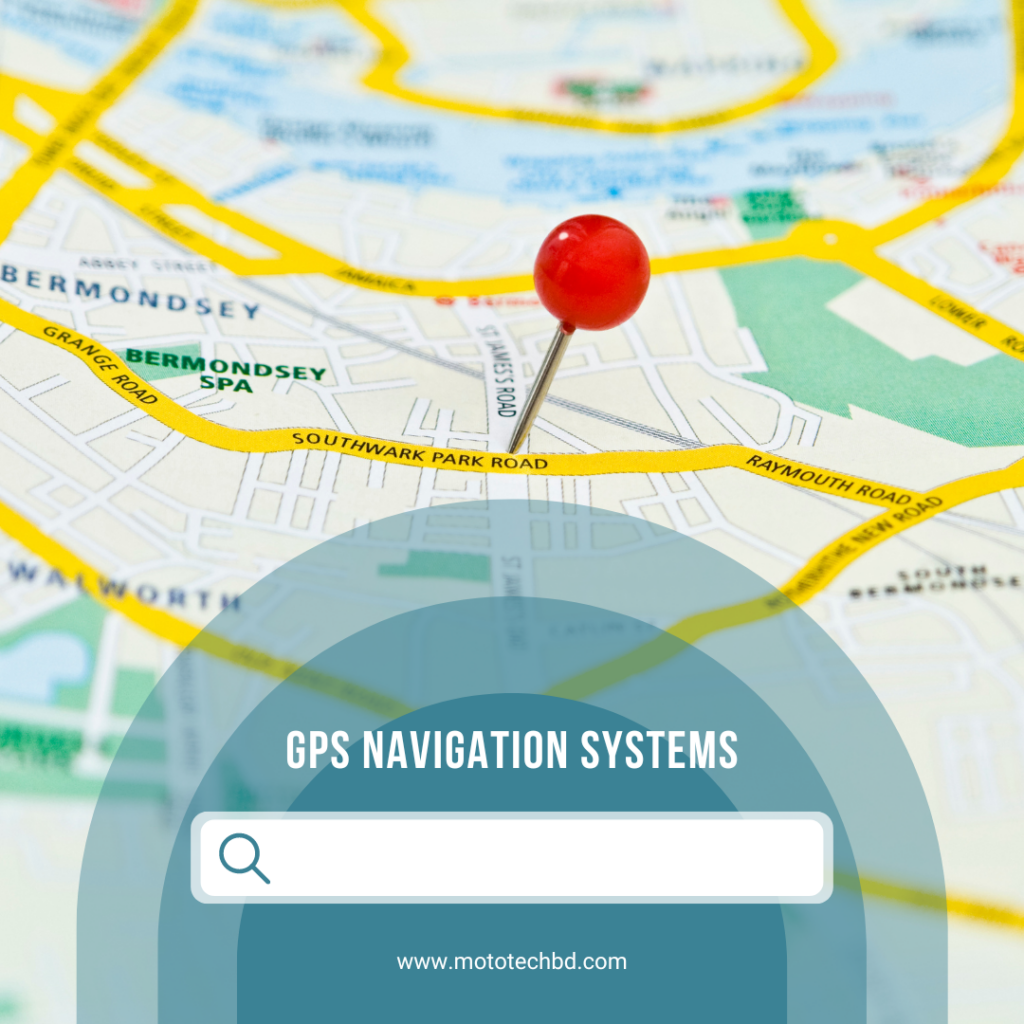In today’s competitive market, businesses with vehicle fleets need efficient ways to manage their operations, cut costs, and improve productivity. Fleet telematics is the technological solution that’s revolutionizing fleet management. By combining GPS tracking, vehicle diagnostics, and data analytics, fleet telematics provides businesses with real-time insights into their vehicles, drivers, and overall operations. In this blog, we’ll explore how fleet telematics works, its key features, and the benefits it brings to businesses.
What is Fleet Telematics?
Fleet telematics refers to the use of telecommunications and informatics systems to monitor and manage vehicles in a fleet. This technology collects data from fleet vehicles, such as location, speed, fuel consumption, and engine diagnostics, and sends it to a centralized platform where fleet managers can analyze it in real time. Fleet telematics helps businesses optimize fleet performance, improve driver safety, reduce costs, and ensure regulatory compliance.
Key Features of Fleet Telematics
- GPS Tracking and Real-Time Location Monitoring
At the core of fleet telematics is GPS tracking, which provides real-time updates on the location of all fleet vehicles. This enables managers to track routes, identify potential delays, and optimize delivery times. - Vehicle Diagnostics
Fleet telematics systems monitor vehicle health and performance, providing data on fuel usage, engine status, tire pressure, and more. This allows businesses to schedule maintenance before problems arise, reducing downtime. - Driver Behavior Monitoring
Telematics can track driver behaviors such as speeding, harsh braking, idling, and acceleration. This data helps businesses promote safer driving habits and reduce the risk of accidents. - Fuel Management
By tracking fuel consumption and driving patterns, fleet telematics systems help businesses reduce fuel costs and minimize unnecessary fuel usage. This is crucial for optimizing efficiency and sustainability. - Geofencing and Route Optimization
With geofencing, fleet managers can create virtual boundaries for vehicles. If a vehicle enters or exits a predefined area, the system sends an alert. Route optimization tools also help identify the most efficient paths, saving time and fuel. - Compliance and Reporting
Many industries require businesses to keep records of fleet activities, including hours of service, vehicle maintenance, and driver logs. Fleet telematics systems automate reporting and help businesses stay compliant with regulations.
Benefits of Fleet Telematics
- Improved Fleet Efficiency
Fleet telematics enables businesses to track vehicle locations in real time, optimizing routes, reducing delivery times, and improving overall fleet productivity. This leads to better resource allocation and fewer delays. - Reduced Operating Costs
By monitoring fuel consumption, vehicle health, and driver behavior, businesses can significantly reduce operating costs. Efficient routing minimizes fuel usage, while timely maintenance prevents costly repairs and breakdowns. - Enhanced Driver Safety
Telematics systems track unsafe driving behaviors such as speeding, hard braking, and rapid acceleration. Fleet managers can use this data to coach drivers, improving safety and reducing accident rates. - Real-Time Data and Insights
With fleet telematics, businesses have access to real-time data about vehicle performance, driver behavior, and route efficiency. This data can be analyzed to identify trends, optimize fleet operations, and make informed business decisions. - Theft Prevention and Asset Security
Telematics systems allow businesses to monitor vehicle locations at all times. If a vehicle is stolen or moves outside of its designated area, real-time alerts can be sent to fleet managers, improving recovery chances. - Compliance with Regulations
For industries with strict compliance requirements, such as transportation and logistics, simplifies record-keeping and reporting. Automated logs ensure that businesses stay compliant with regulations regarding hours of service, vehicle maintenance, and driver activity.
Top Fleet Telematics Systems
1. Samsara Fleet Telematics
Samsara provides a comprehensive solution that includes real-time tracking, vehicle diagnostics, driver behavior monitoring, and fuel management. Samsara’s cloud-based platform offers detailed insights to optimize fleet operations.
- Best For: Large fleets that require advanced data analysis and real-time tracking.
2. Geotab Fleet Telematic
Geotab’s telematics platform is designed for businesses of all sizes. It offers customizable reports, fuel usage tracking, and driver performance monitoring, helping businesses make data-driven decisions to improve fleet management.
- Best For: Fleets looking for a flexible, scalable telematics solution.
3. Verizon Connect Telematic
Verizon Connect provides a powerful telematics platform that integrates with GPS tracking, route optimization, and vehicle diagnostics. It’s an excellent choice for businesses needing real-time data and mobile-friendly solutions.
- Best For: Businesses seeking seamless integration with mobile apps and easy fleet management tools.
4. Fleet Complete Telematics
Fleet Complete offers a robust fleet telematics system that includes GPS tracking, driver safety monitoring, and vehicle diagnostics. It provides real-time insights into fleet performance, making it ideal for small to medium-sized businesses.
- Best For: Businesses focused on improving fleet safety and reducing costs.
5. Teletrac Navman Telematics
Teletrac Navman’s platform combines GPS tracking, driver behavior monitoring, and vehicle diagnostics to provide a full overview of fleet operations. It helps businesses streamline fleet management and increase operational efficiency.
- Best For: Enterprises that need customizable reports and advanced data insights.
How Fleet Telematics Works
Fleet telematics systems consist of hardware devices installed in vehicles that gather data from sensors and GPS modules. These devices collect information on vehicle speed, location, fuel usage, and engine diagnostics. The data is then transmitted to a central platform via cellular networks, where fleet managers can monitor it in real time. The system can also send alerts for specific events, such as unauthorized vehicle movement or when vehicles require maintenance.
How to Choose the Right Fleet Telematic System
When selecting a fleet telematics system, consider the following:
- Real-Time Tracking: Choose a system that provides accurate, real-time tracking to help manage vehicles efficiently.
- Data Analytics: Ensure the system provides comprehensive data on vehicle performance, driver behavior, and fuel consumption.
- Driver Behavior Monitoring: Look for systems that track unsafe driving behaviors to promote safety within your fleet.
- Geofencing: Opt for a telematics system that includes geofencing capabilities to help you monitor vehicle locations and receive alerts for unauthorized movement.
- Integration and Scalability: Select a system that integrates well with your existing platforms and can scale as your fleet grows.
Conclusion:
Fleet telematics is transforming the way businesses manage their vehicle fleets. From real-time tracking to data-driven decision-making, telematics helps businesses improve efficiency, reduce costs, and enhance driver safety. By adopting a fleet telematics system, companies can optimize their fleet operations, provide better service to customers, and maintain a competitive edge.


 YAMAHA
YAMAHA SUZUKI
SUZUKI HONDA
HONDA


